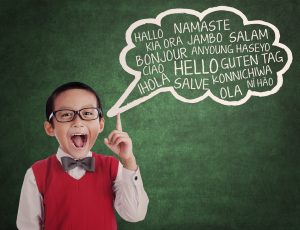In this video, Vivian Pratts talks about bilinguals, bilingualism, biliteracy, and translanguaging. With changes in the use of bilinguals and bilingualism, educators now understand them in terms of being an emergent and experienced bilingual, where experienced bilinguals are more skilled and have their two languages more fully developed than the emergent bilingual.
The 20th-Century View of Bilingualism
The 20th-century view was to produce two perfect monolinguals that could function as balanced bilinguals, equally proficient in two separate languages. Pratts explains that educators worked under the balanced view of bilingualism, leading to the idea that students can be equally proficient in both languages.
However, more educators are developing a more holistic approach. She emphasizes that the work of Dr. Garcia and so many others view bilingualism as dynamic, where languages continue to evolve. An integrated whole cannot easily be decomposed into two separate parts because of unique and specific linguistic configurations. This view goes one step further; one language system with continuous features that are socially constructed as English and then Spanish.
Click the link below for the follow-up video where Vivian Pratts discusses translanguaging.
Translanguaging - Emergent Bilinguals: Simultaneous vs. Sequential

